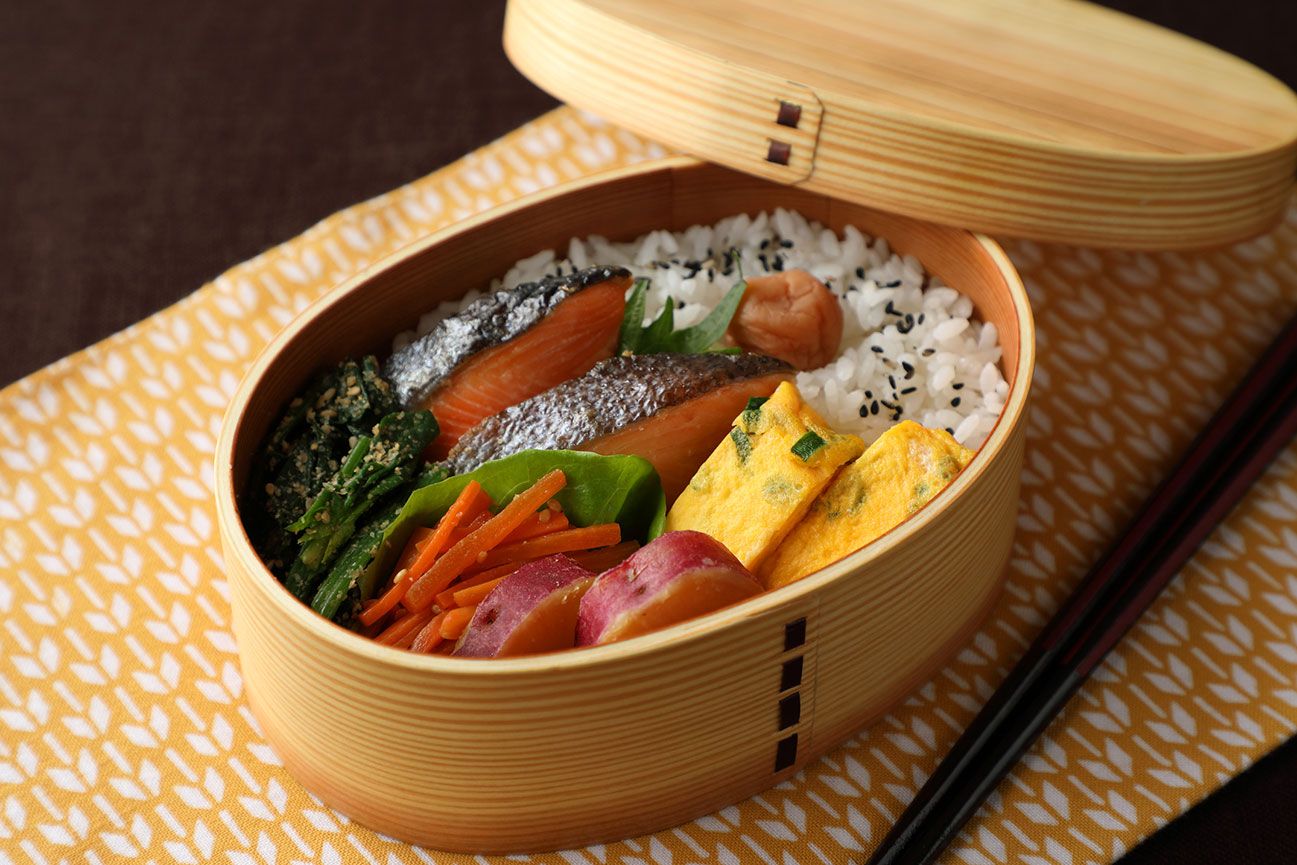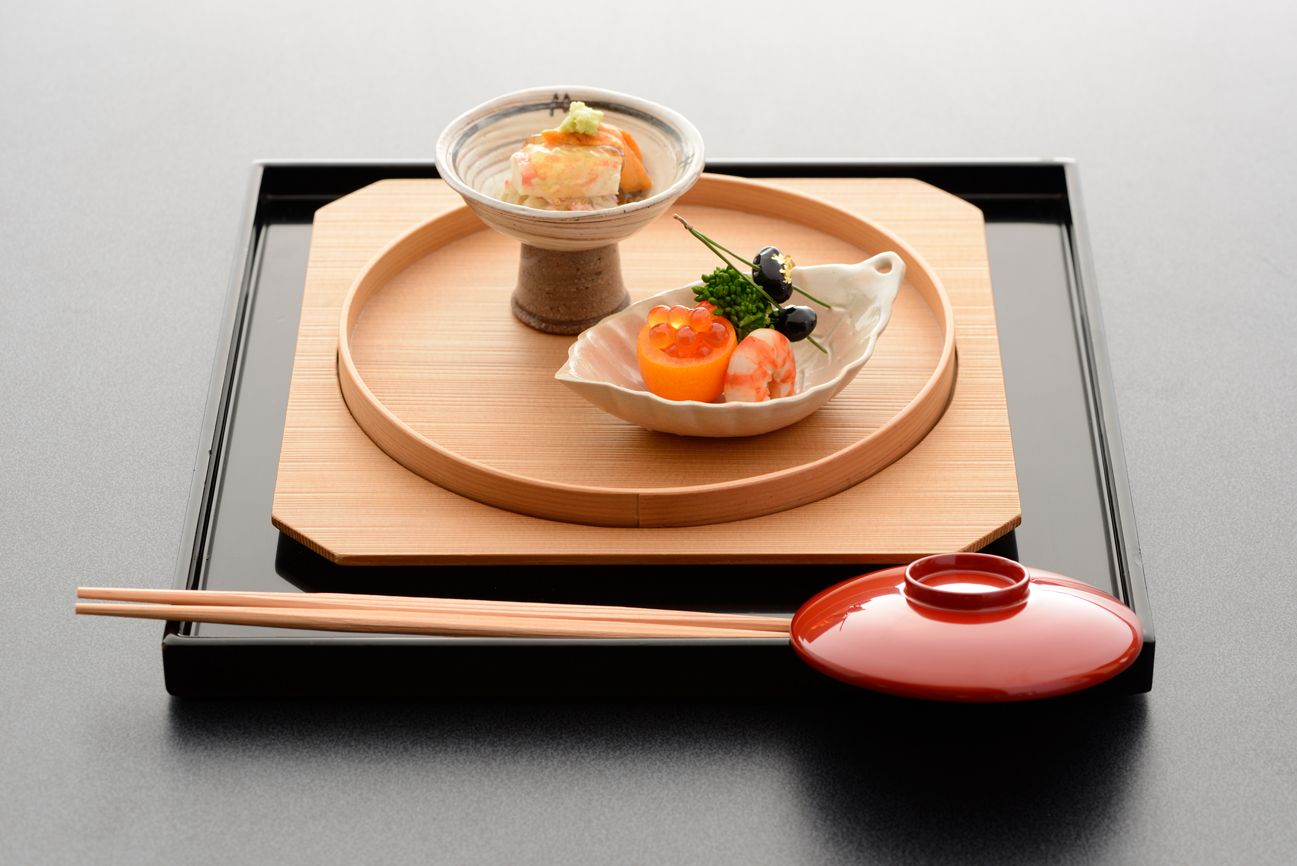
Koshu: The Renaissance of Aged Sake
Enter any Japanese restaurant or izakaya pub, and you are sure to spot a lineup of tall bottles, each emblazoned with an impressive label of dramatic kanji characters. Sake is the most traditional accompaniment to a meal of Japanese cuisine, with each sip adding new layers and enhancing the flavors of umami-rich dishes.
Sake has been brewed in Japan since at least the 3rd century AD, by combining water, rice and koji, a beneficial form of mold with enzymes that break down the rice’s starch into sugar and allow it to ferment. While the ingredients may seem simple, each of the over 1,100 breweries across Japan have their own techniques, secrets and preferences that result in a mind boggling variety of sake.
These days most sake falls into the category of shinshu (new sake), with the fermented mixture being pressed, bottled and shipped out fresh or with minimal aging. But, inspired by the popularity of wine and whisky, a number of breweries are bringing attention to koshu, matured sake.

Aged sake develops a darker hue as it ages, unlike mostsake’s clear appearance
While many people in Japan itself are unfamiliar with these rarer, aged brews, koshu is not a new concept. Yasuhiro Nishiyama from the Toki Sake Association, which is dedicated to promoting aged sake, explains that until the end of the Edo period (1603-1867) carefully matured sake was a highly prized delicacy. The current prevalence of briefly aged sake is due to a change in tax law made during the subsequent Meiji period (1868–1912). This made the drink taxable as soon as it was pressed (rather than only after it was shipped), and along with the risk of the sake going bad or losing volume, it discouraged breweries from keeping some of their sake in storage to age.
The eight breweries that are part of the Toki Sake Association each have unique ways of maturing their brews, all learned through trial and error in the decades when aged sake fell out of favor. For instance, the Masuda Brewery in Kyoto favors using old-school ceramic pots for the maturing process, while the brewers at Kokuryu in Fukui Prefecture prefer to keep theirs at very low temperatures, as does the Nagai Brewery in Gunma Prefecture, where sake is aged for 10 years at -2 degrees Celsius. In contrast, the team at Kidoizumi in Chiba Prefecture prefer to use the warmer coastal temperatures of the region to develop the flavor of their sake.

Junmai Daiginjo Toku from the Masuda Tokubee Brewery

Muni 2012 from the Kokuryu Brewery

THE MIZUBASHO Aged 17 years from the Nagai Brewery

AFS Ensemble 2004 & 2008 from the Kidoizumi Brewery
However, it is the Shimazaki Brewery in Tochigi Prefecture that has perhaps the most dramatic aging process. Established in 1849, 6th generation owner Kenichi Shimazaki’s family has been aging their sake since 1970, and use a method that is quite unique in the industry.

The Shimazaki Brewery in Nasukarasuyama, Tochigi Prefecture

Kenichi Shimazaki, 6th generation owner of the Shimazaki Brewery, in the aging caves
Shimazaki’s father began the tradition of aging one tank a year of their more refined ginjo and daiginjo sake, varieties made with the innermost part of rice kernels. While at first they did so within the brewery, they quickly ran out of room and sought out alternative storage options in the early 2000s. His father remembered a network of caves that was dug out in a nearby mountain during WW2 for the purpose of building tanks, but then left empty. After a few inquiries and surprised looks, the brewery leased the caves, where their bottles now mature in the dark, cool tunnels of the 600m complex.
We sit down to sample the result of his craft, as Shimazaki deftly lines up a trio of samples of his Uroko aged vintages. The still young 1-year koshu is clear, with a delicate ricey sweetness that has been slightly rounded by aging. A sip of the more mature 3-year vintage reveals how much the flavor can open up, with aromas of raisins and brandy and a mellow finish on the tongue. The 10-year koshu has a distinctly more golden tint, created by the increase of amino acids the aging process encourages. While still clearly sake, the fully rounded flavor has whisky-like notes, cut through with pleasing hints of banana and chocolate.

The Shimazaki Brewery’s line of aged sake, Uroko, is available in samplers of various vintages

Sampling aged sake in the Shimazaki Brewery’s elegant tasting room
What is the secret to creating such refined aromas? Shimazaki smiles, “we joke about ‘cave magic’ being our secret ingredient. Besides the darkness, the temperature in the caves gently fluctuates between 5 to 15 degrees Celsius throughout the year, which allows the sake to circulate very slowly in the bottles and age consistently.”
When asked about food pairings for his vintages, Shimazaki says, “if you are feeling fancy, Japanese style grilled eel is a great match, as our aged sake goes perfectly with the savory, rich smokiness of the dish. But personally, I really love it with shumai pork dumplings!” he adds with a laugh.

Shimazaki’s sake age in the cool tunnels of this cave system
Due to its rarity and the much longer timeline involved, creating koshu is far more of an art than a science. The breweries of the Toki Sake Association are just beginning the process of gathering data, as there is no consensus on exactly how (and why) their various aging processes work according to the National Research Institute of Brewing. “There is no manual, we rely on experience and a mental image of how the sake is likely to turn out,” says Shimazaki. “Sometimes the result is completely different from what was intended, but that can be a good thing!”
These variations can also prove challenging when trying to categorize and explain the beverage to audiences unfamiliar with the concept. To simplify things, the Toki Sake Association is putting forward some basic categorizations to help. Sake aged for 5 years or less would be considered “mature” while varieties aged for longer would fall under the “aged” category. Koshu would indicate sake that has been allowed to age in a more natural way at 11 degrees Celsius or above, while the technical term jukuseishu indicates that it has been aged in a controlled environment of 10 Celcius or below.

Temperature, containers and other variables all play an important role when aging sake
To introduce this unjustly forgotten sake tradition to the world, brewers have been collaborating with world class chefs on pairing menus, showing that koshu can not only enhance the flavors of Japanese dishes, but also work beautifully with French, Italian and other cuisines, where there is already a deep appreciation for the art of aging alcoholic beverages.
A recent event featured the Italian-inspired cuisine of chef Masayuki Okuda, owner of the Al Ché-cciano restaurant in Yamagata Prefecture and San-Dan-Delo in Tokyo, with each creative dish paired with aged brews from the Shimazaki Brewery and the Dewazakura Brewery in Yamagata Prefecture. At other events, high-end Chinese cuisine was paired with aged sake made from organic rice from the Tenju Brewery in Akita Prefecture, while the creations from the Nambu Bijin Brewery in Iwate (known for creating the world’s first certified vegan sake) perfectly complemented the powerful flavors of Basque cuisine.

Dewazakura’s 2011 BY Daiginjo Rodoudou elevates a plate of capellini pasta with red gurnard

Tenju’s sake made with pesticide-free organic rice works beautifully with the earthy truffles and rich sauce of this Chinese dish

Nambu Bijin’s All Koji 1998 1st lot paired with a dessert from Basque restaurant ENEKO Tokyo
While there is still much to be discovered about koshu, there is one thing all the brewers agree on. “We all want more people around the world to know and appreciate the complex flavors, along with the history, quality and skill behind creating matured sake,” notes Nishiyama. “Some people in Japan have preconceived notions about koshu, but we think that in other countries where aging wine and whisky is considered an essential part of the process, people will understand the value of aged sake.”
TOKISAKE ASSOCIATION
https://tokisake.or.jp/en/






